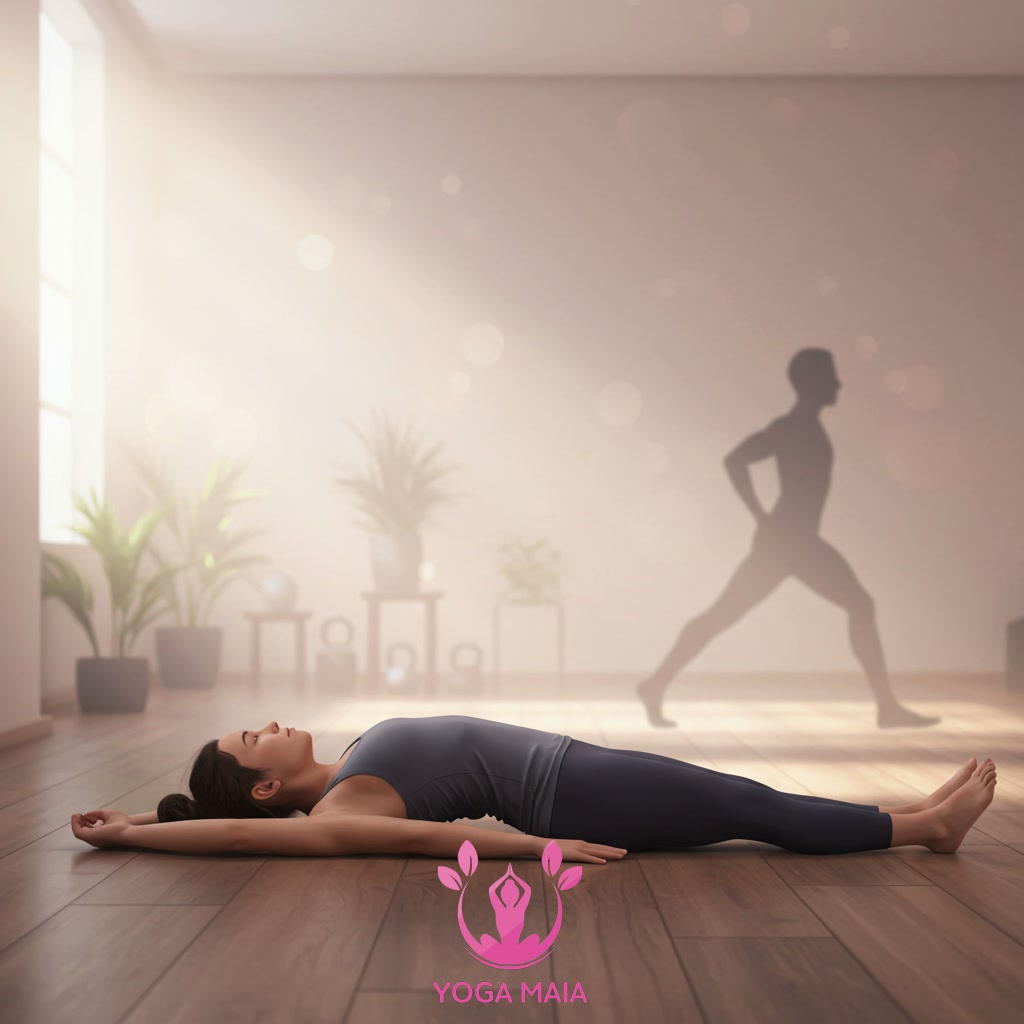Yoga Blog
Deep Relaxation and Flexibility: An Introduction to Yin Yoga Practice
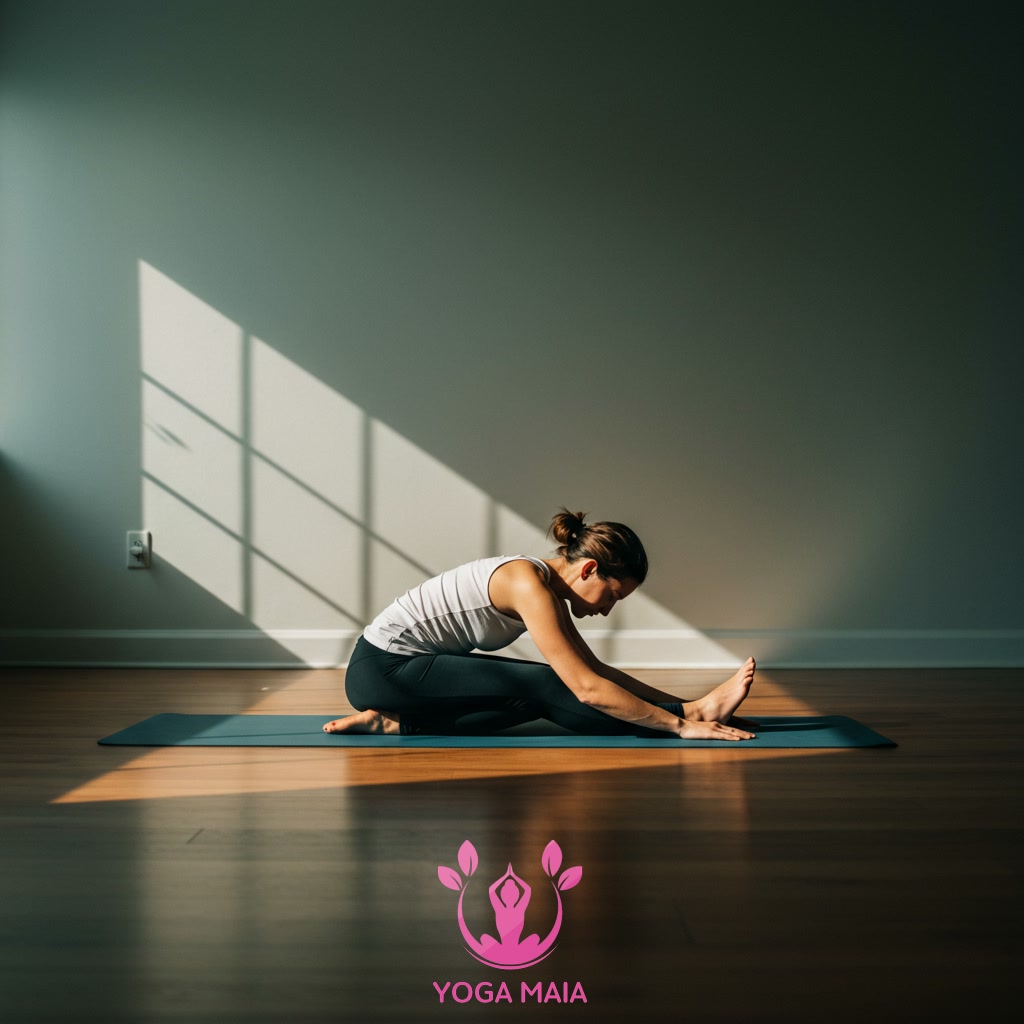
This content provides an introduction to Yin Yoga practice. It explores how this style of yoga cultivates deep relaxation through sustained poses. The practice focuses on improving flexibility by targeting deep connective tissues. It offers a foundational overview of Yin Yoga principles and benefits for both body and mind.
Table of Contents
- Section 1: Understanding Yin Yoga: Philosophy and Purpose
- Section 2: Core Principles: The Practice of Stillness and Depth
- Section 3: Unlocking Benefits: Deep Relaxation and Enhanced Flexibility
- Section 4: Exploring Key Poses: Gentle Holds for Connective Tissue
- Section 5: Getting Started: Tips for Your First Yin Yoga Practice
- Section 6: Integrating Yin Yoga: Complementing Your Existing Practice
Section 1: Understanding Yin Yoga: Philosophy and Purpose
Understanding Yin Yoga begins with appreciating its unique philosophy and purpose, which significantly differs from more dynamic, or ‘Yang’, styles of yoga. The core principle of Yin Yoga is to target the deep connective tissues of the body – the fascia, ligaments, joints, and bones – rather than primarily the muscles. This is achieved by holding passive postures for extended periods, typically ranging from one to five minutes or even longer. The purpose is not to build heat or muscle strength, but rather to increase flexibility and range of motion in the joints and to cultivate stillness and awareness in the mind. By stressing these deeper tissues gently and patiently, Yin Yoga aims to improve joint health, release chronic tension, and promote the flow of energy (Qi or Prana) throughout the body, fostering a profound sense of calm and relaxation.
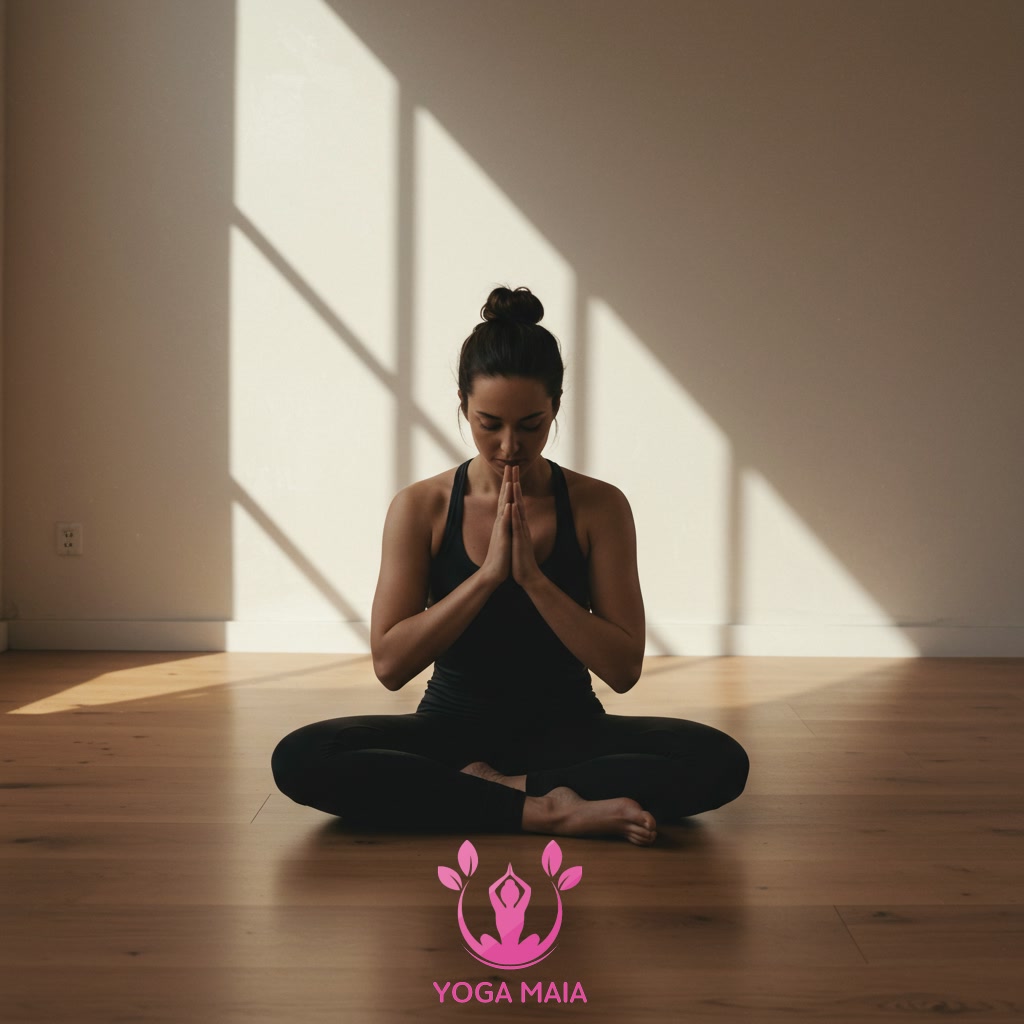
Section 2: Core Principles: The Practice of Stillness and Depth
Building upon the understanding of Yin Yoga’s purpose, the core principles of this practice revolve around cultivating stillness and exploring depth. Stillness refers to holding poses for extended periods, typically ranging from one to five minutes or even longer. This requires surrendering resistance and finding a quiet presence within the posture, allowing the body’s deeper connective tissues – such as fascia, ligaments, and joints – to be gently stressed. Depth, in this context, is not about pushing aggressively into a pose, but rather finding an appropriate ‘edge’ where you feel a significant but bearable sensation. It’s about exploring the layers within the pose and allowing gravity and time to gradually create space, promoting long-term flexibility and joint health through mindful presence and non-reactivity.
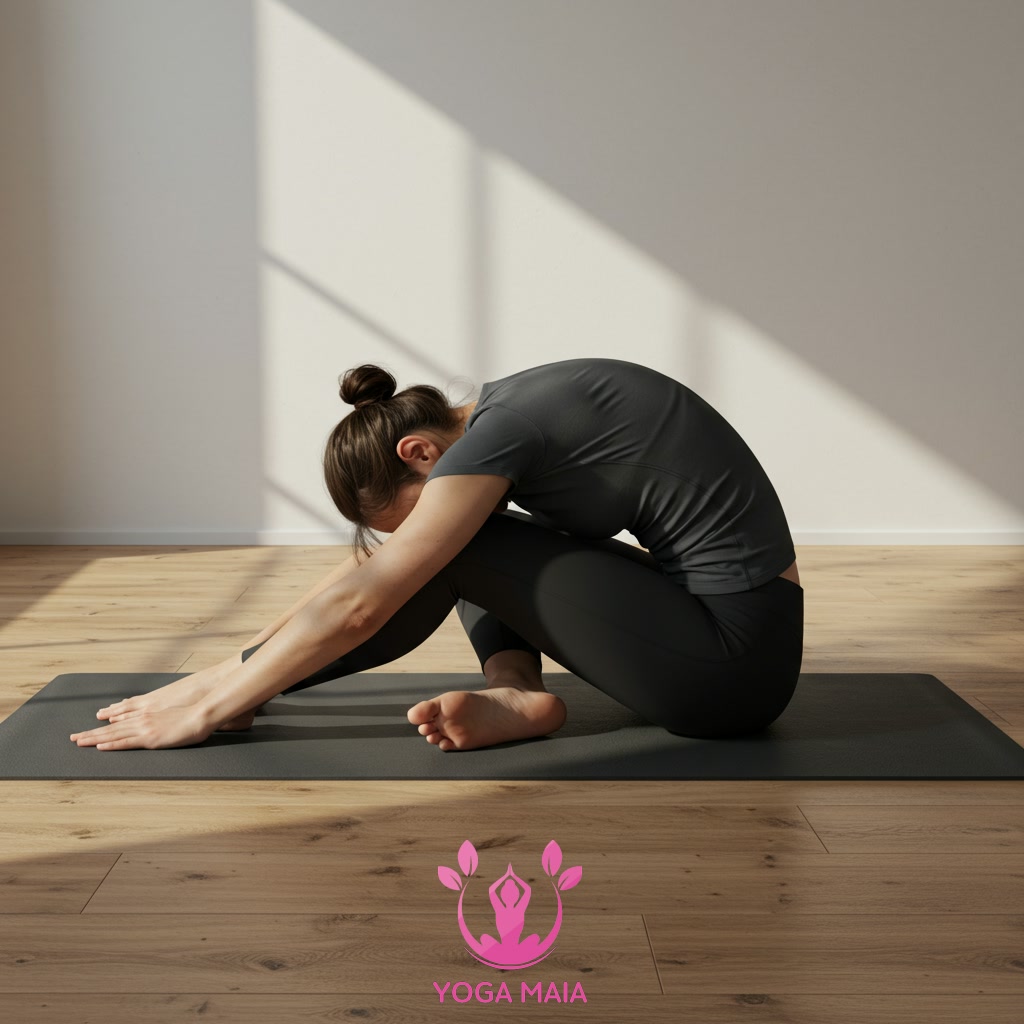
Section 3: Unlocking Benefits: Deep Relaxation and Enhanced Flexibility
Embracing the sustained holds characteristic of Yin Yoga practice unlocks profound benefits for both body and mind. The extended duration in each pose encourages a deeper release of physical tension, particularly in the connective tissues like fascia, tendons, and ligaments. This targeted approach gradually enhances flexibility and range of motion, especially around the joints, in a way that dynamic practices may not achieve. Simultaneously, the stillness required calms the nervous system, promoting a state of deep relaxation that alleviates stress and quiets the mental chatter. This dual action of physical release and mental tranquility makes Yin Yoga a powerful tool for cultivating inner peace and improving overall physical suppleness.

Section 4: Exploring Key Poses: Gentle Holds for Connective Tissue
Building upon the principle of sustained holds, this section delves into specific postures designed to target the body’s deep connective tissues. Yin Yoga incorporates poses such as Butterfly, Sphinx, and Dragon, which are typically held for three to five minutes, or even longer. These gentle, static postures apply moderate stress to areas like fascia, ligaments, and joints, bypassing the more superficial muscles. By maintaining stillness and minimizing muscular effort, the body is encouraged to release chronic tension stored in these deeper layers. This slow, consistent pressure stimulates the growth and hydration of connective tissues, leading to gradual improvements in flexibility and range of motion over time, while simultaneously fostering a state of mental calm and deep physical relaxation.
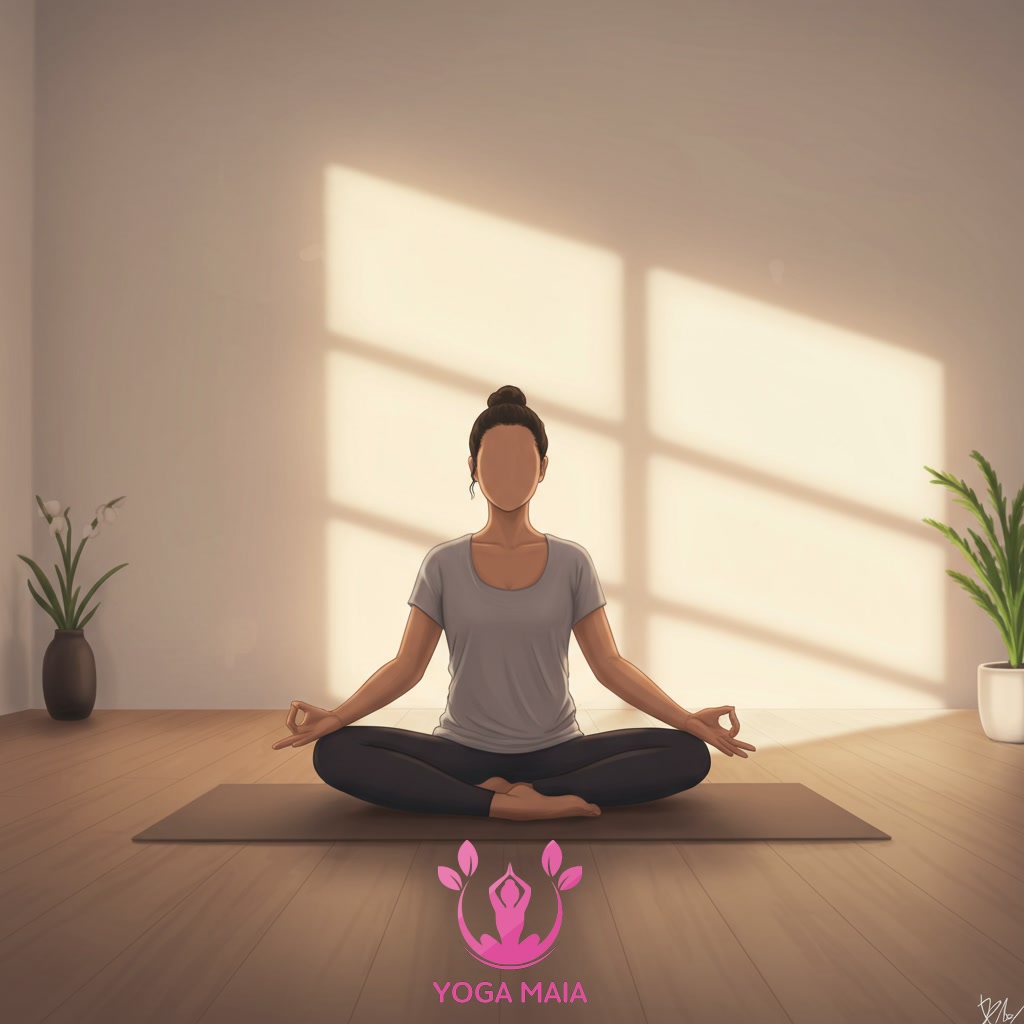
Section 5: Getting Started: Tips for Your First Yin Yoga Practice
Embarking on your first Yin Yoga session can be a deeply rewarding experience. To get started comfortably, find a quiet, warm space where you won’t be disturbed. Gather props such as cushions, blankets, or yoga blocks, as these can help support your body and allow you to relax more fully into the poses. Listen intently to your body throughout the practice; Yin Yoga is about finding your edge, not pushing through pain. Remember that stillness is key in Yin, so aim to hold each pose for the recommended duration, typically 3-5 minutes, allowing gravity and time to work on the connective tissues. Approach the practice with an attitude of patience and non-judgment towards yourself and your body’s sensations. Hydrate before and after your session, and consider a quiet savasana or meditation to integrate the practice.
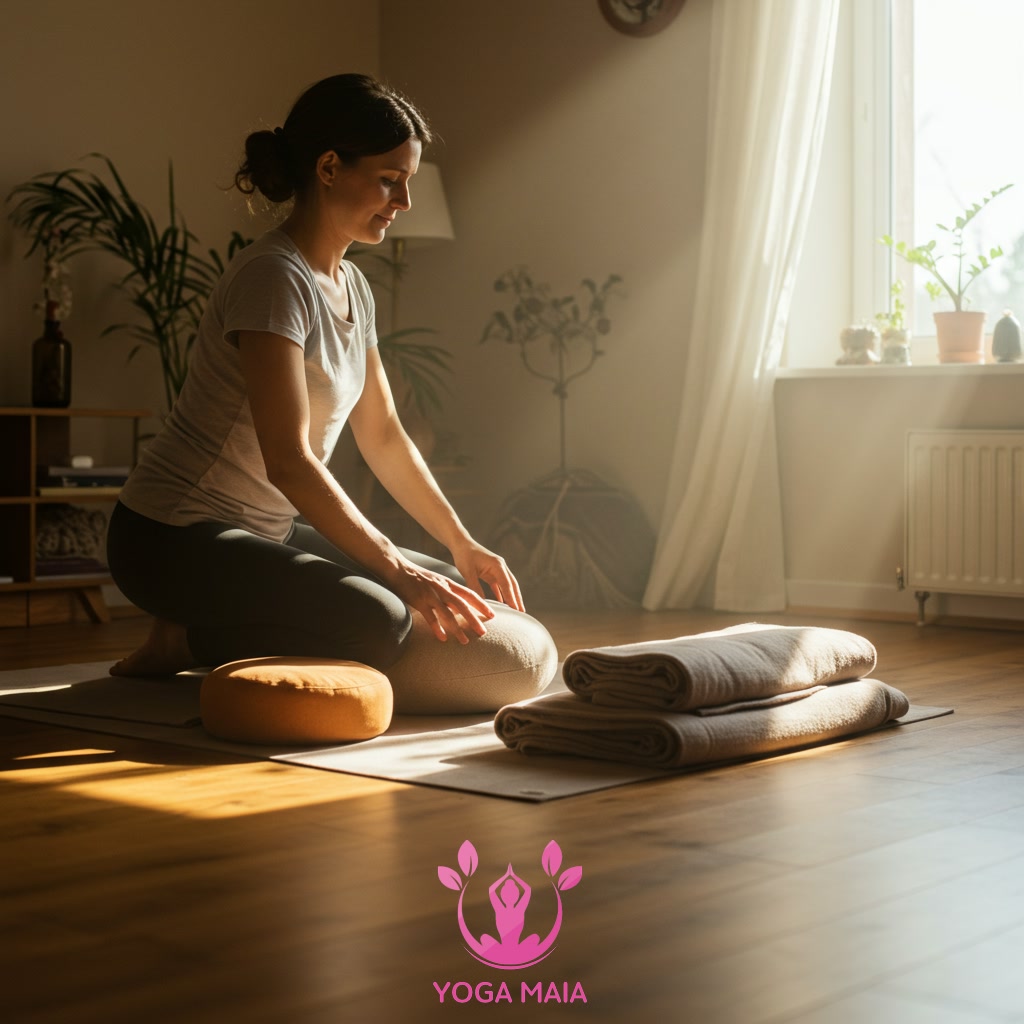
Section 6: Integrating Yin Yoga: Complementing Your Existing Practice
Integrating Yin Yoga into your existing fitness routine or yoga practice can offer profound benefits, creating a sense of balance that dynamic activities often miss. While styles like Vinyasa build heat and strength through movement, and sports enhance cardiovascular health and muscle tone, Yin Yoga specifically targets the body’s deep connective tissues – the fascia, ligaments, and joints – through passive, long-held stretches. This focus on stillness and depth not only improves flexibility and joint mobility but also cultivates mindfulness and a quietening of the nervous system. Adding Yin sessions can help release chronic tension, improve recovery from more strenuous exercise, and provide a necessary counterbalance to the demands of daily life, whether you’re an athlete, a dedicated Vinyasa practitioner, or simply seeking to unwind after a busy day.
